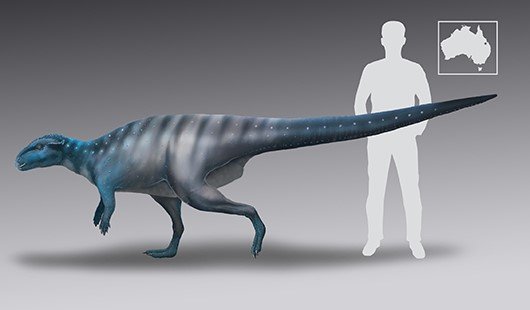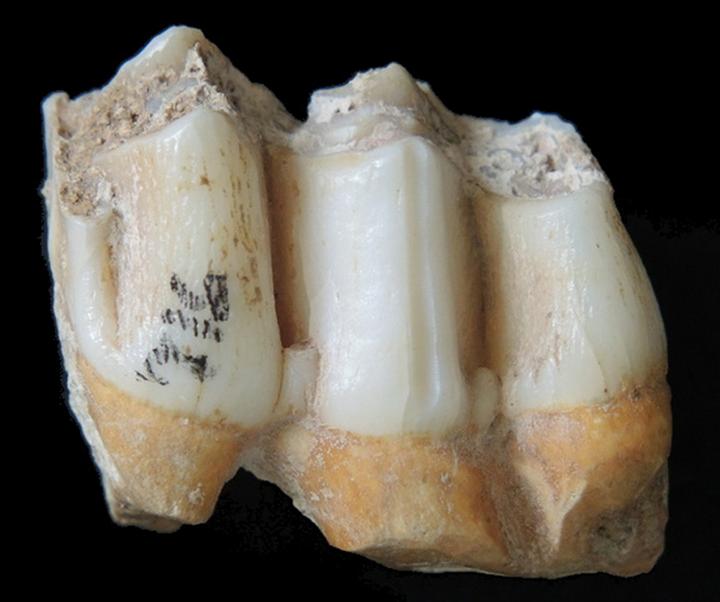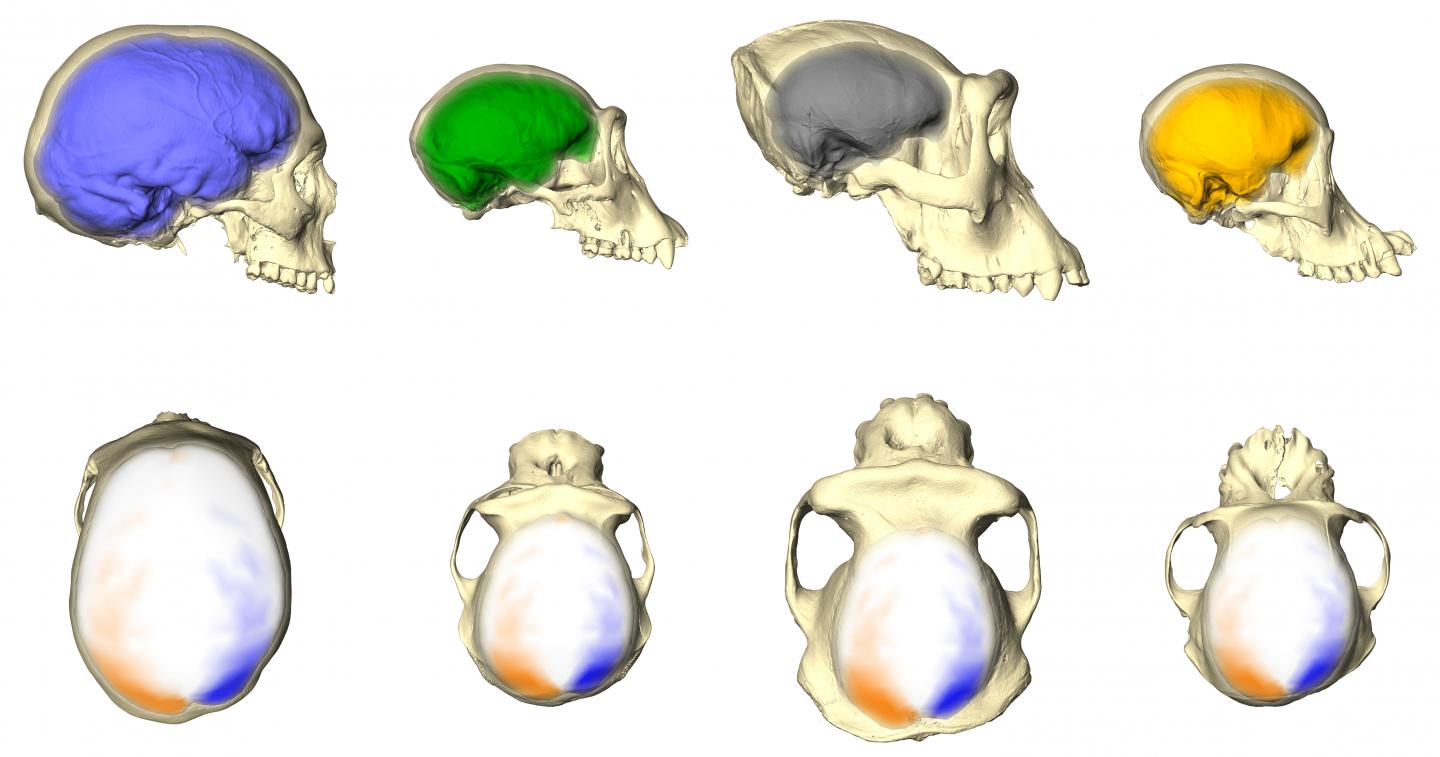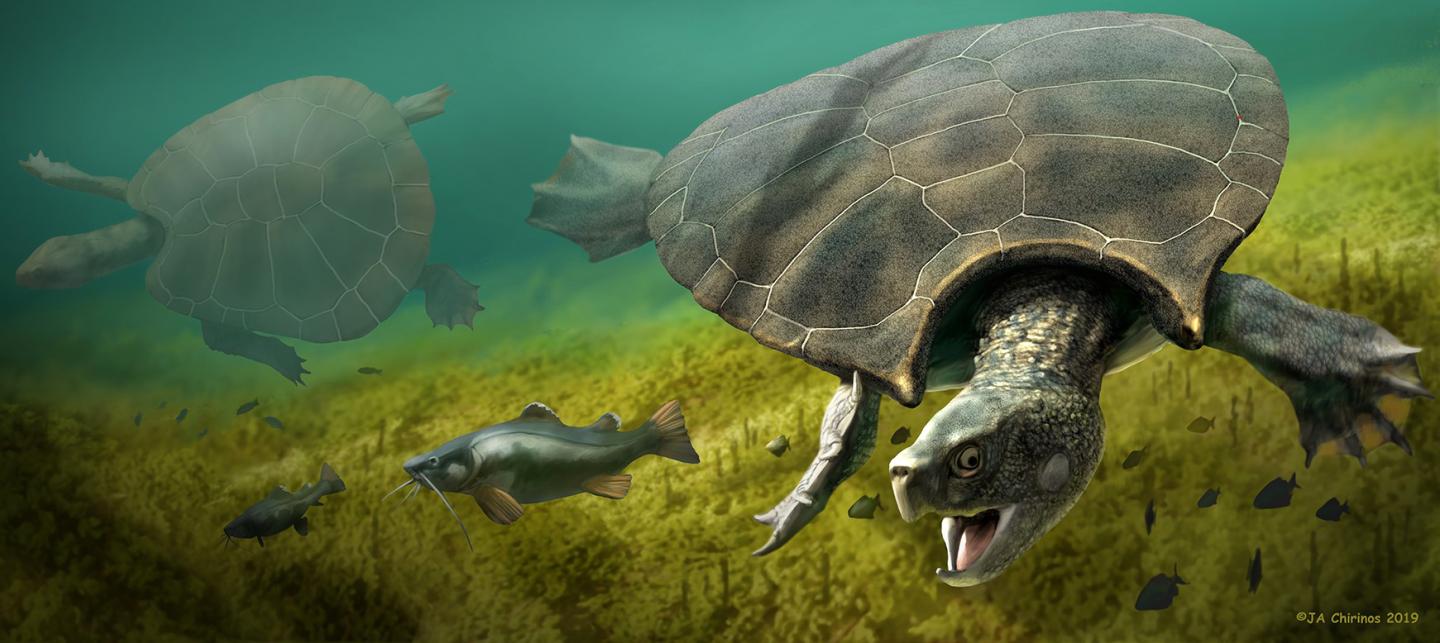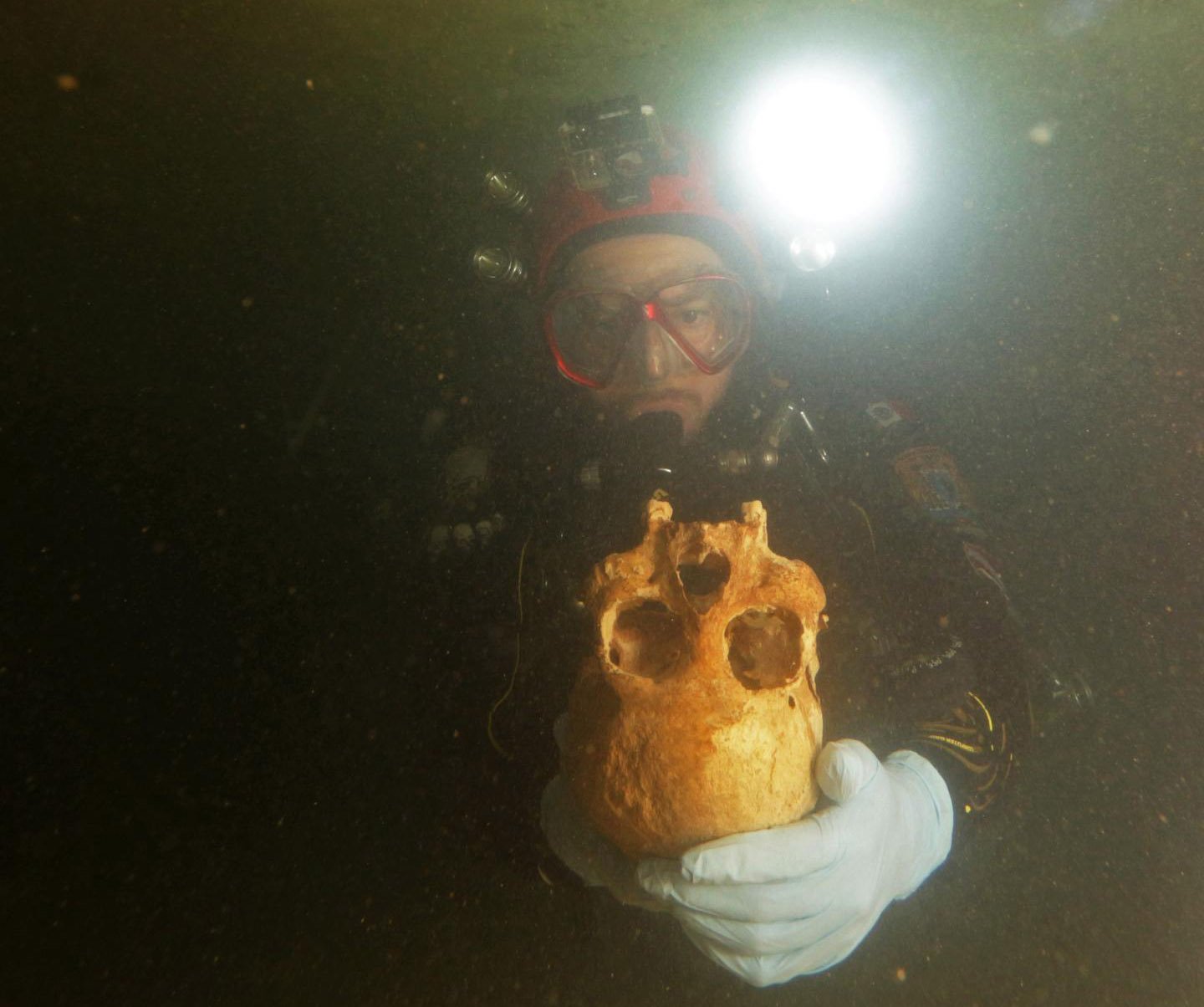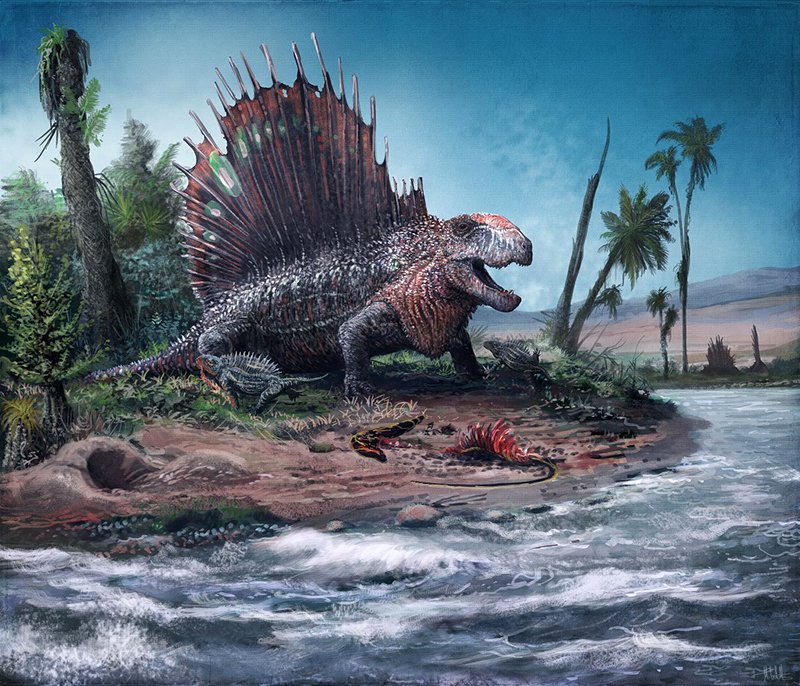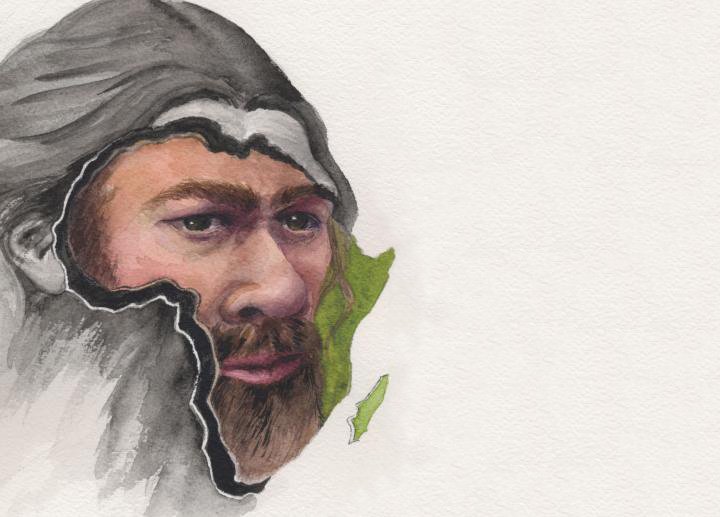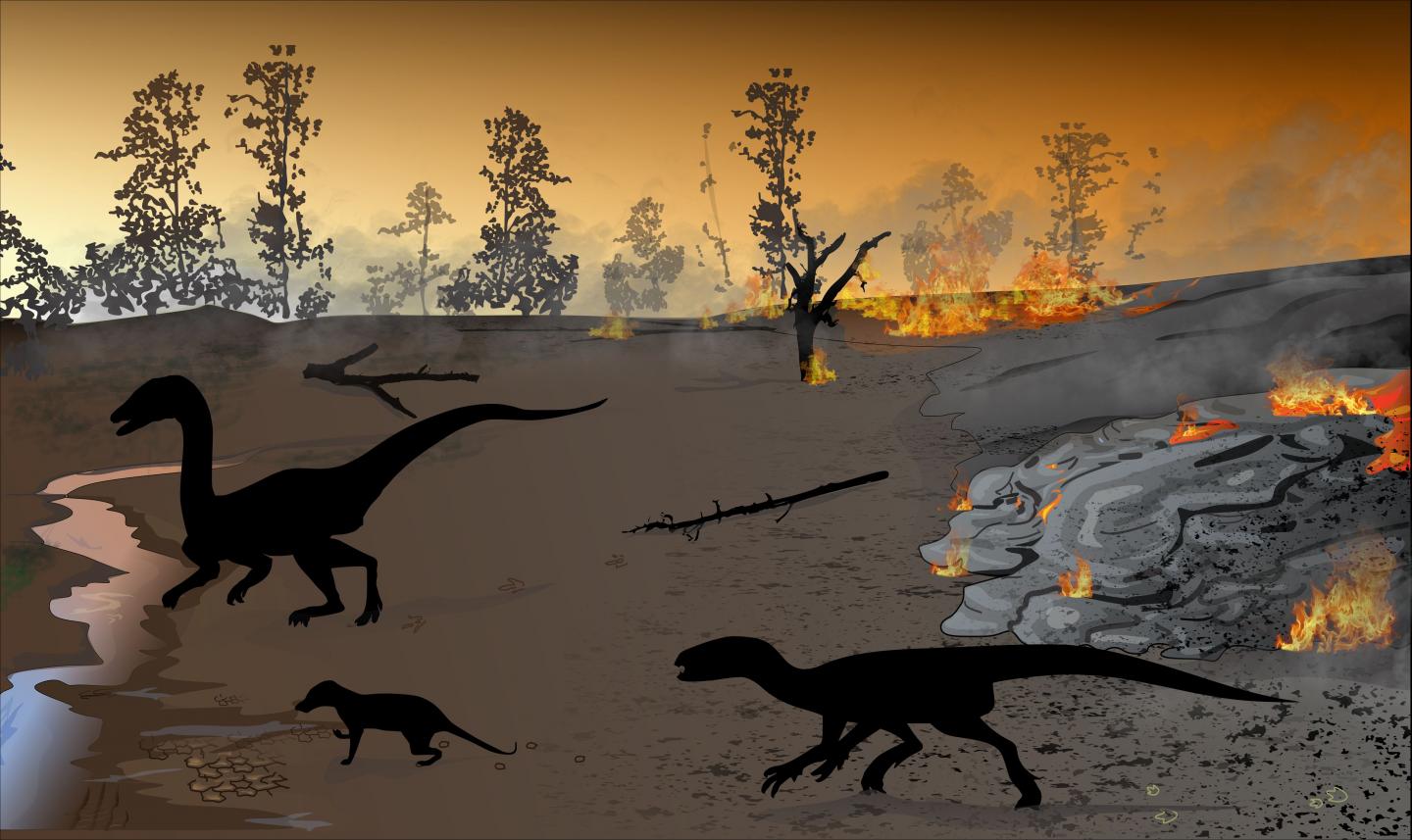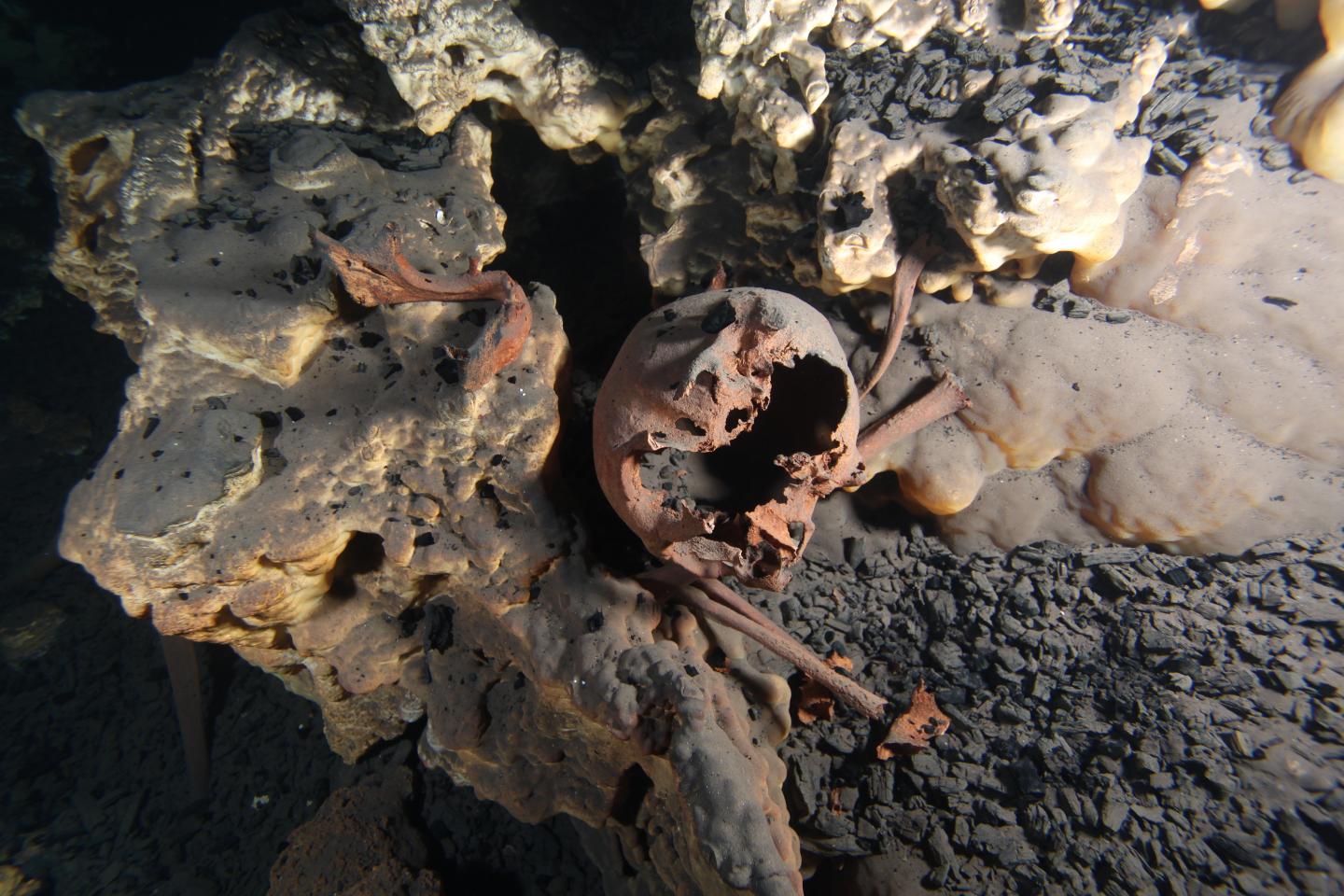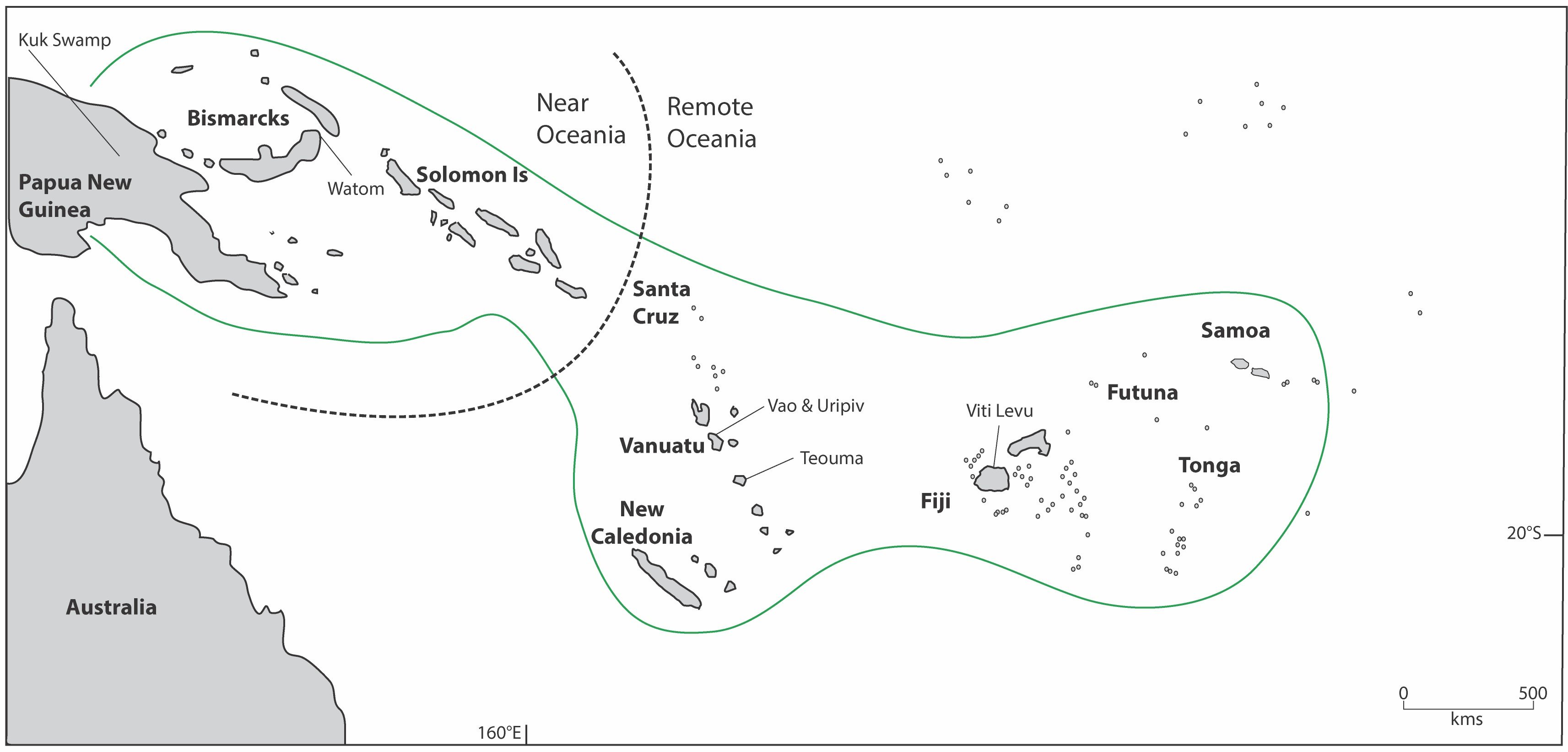The dinosaur in the cupboard under the stairs
The mystery surrounding dinosaur footprints on a cave ceiling in Central Queensland has been solved after more than a half a century. University of Queensland palaeontologist Dr Anthony Romilio discovered pieces to a decades-old puzzle in an unusual place – a cupboard under the stairs of a suburban Sydney home. The research has been published in … Read more
